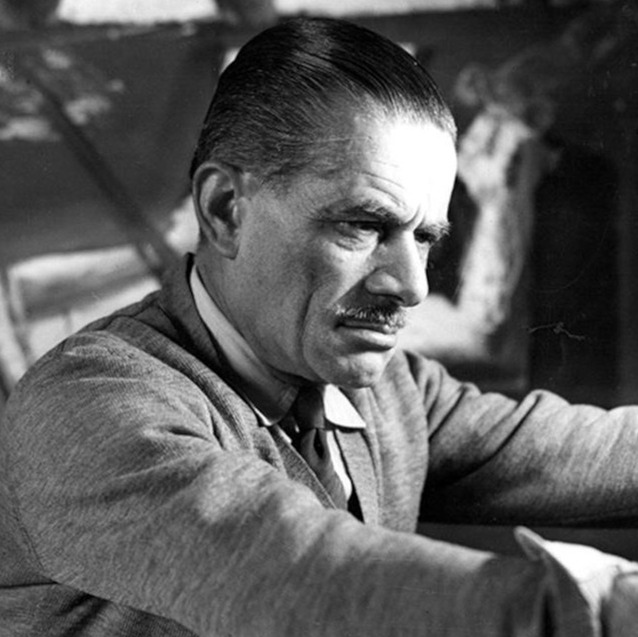
Mario Sironi
Mario Sironi was an Italian modernist artist who was active as a painter, sculptor, illustrator, and designer. He was born on May 12, 1885, in Sassari on the island of Sardinia, and spent his childhood in Rome. His father was an engineer and his maternal grandfather was the architect and sculptor Ignazio Villa.
Sironi's typically somber paintings are characterized by massive, immobile forms. As an artist closely identified with Fascism, his reputation declined dramatically in the post-World War II period. After returning to easel painting in 1943, he worked in relative isolation, and his withdrawal from society increased after the death of his daughter Rossana by suicide in 1948. The paintings of his later years sometimes approached abstraction, resembling assemblages of archaeological fragments or juxtaposed sketches. He continued working until shortly before his death on August 13, 1961, in Milan.
During his lifetime, Sironi exhibited internationally, and it is possible that the cellular style of his compositions exhibited in the US during the 1930s influenced WPA muralists. However, in the postwar years, Sironi fell from favor due to his earlier association with Fascism and was accorded little attention from art historians. A revival of interest in Sironi's work began in the 1980s when his work was featured in major exhibitions, notably Les Réalismes at the Centre Georges Pompidou (1981) and Italian Art in the Twentieth Century at the Royal Academy, London (1989).
Years:
Born in 1885
Country:
Italy, Rome